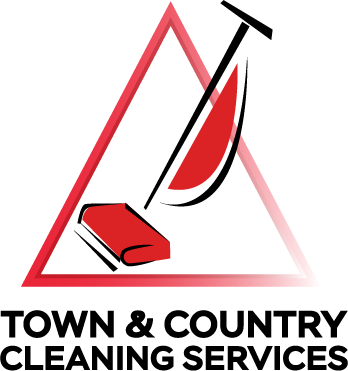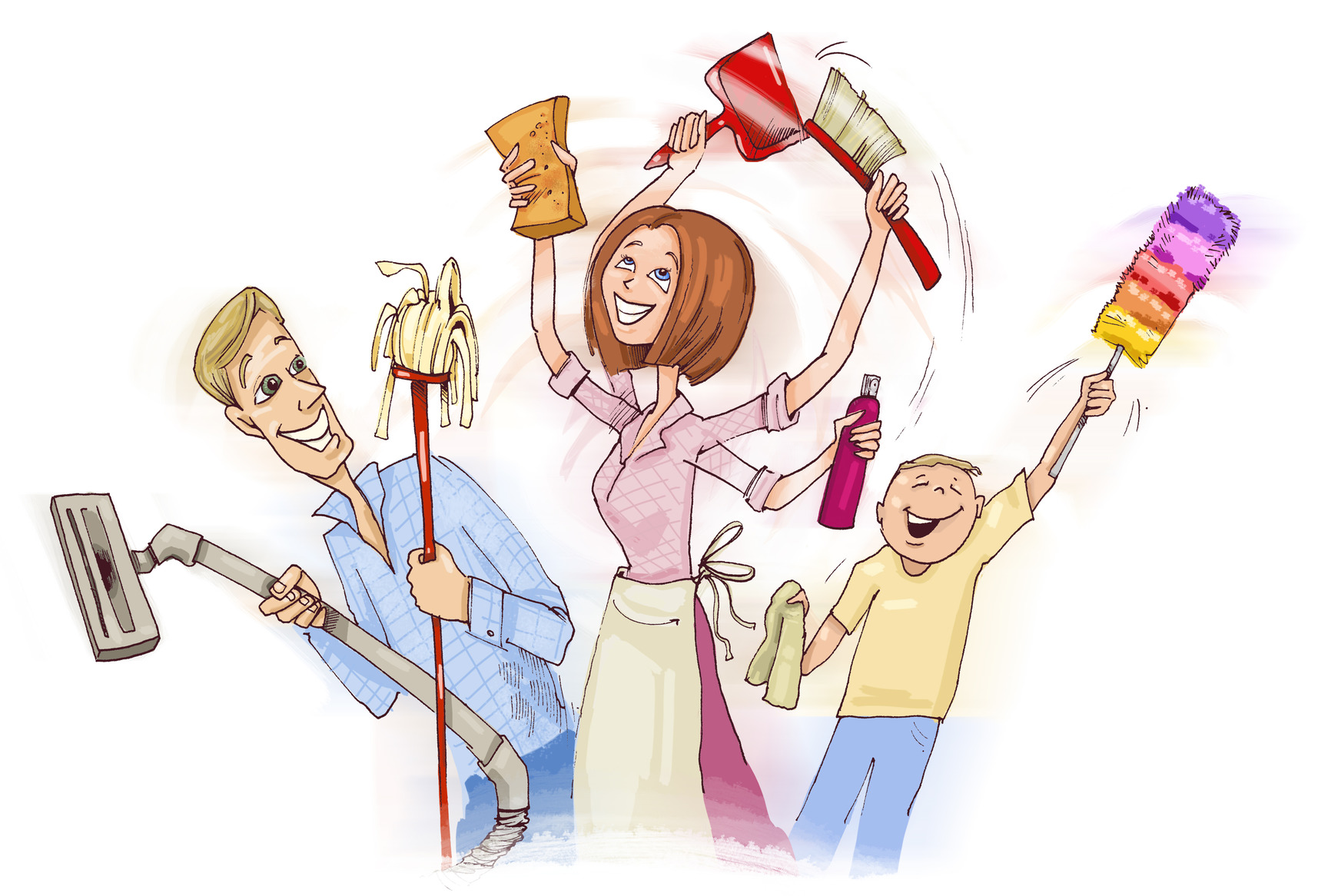New article published about SURFACES and house cleaning by Bruce Vance
Wondering if your new flooring, counter or carpet requires special methods to permit no-damage cleaning? Town & Country Cleaning Services’ President, Bruce Vance, has been really busy lately trying to identify and publicize trends affecting the house cleaning industry. Bruce published a recent article with one of our professional organizations, Association of Residential Cleaning Services, International (ARCSI) which adds more insights to alert the cleaning professional to changes in flooring, etc. which may impact their service protocols and their selection of appropriate cleaners. Read below to get some world-class information about new surfaces and their finishes.
No-Damage Cleaning and how Trending New Surfaces can Affect YOU
As companies strive for greener and more sustainable products they can present new challenges to home owners and cleaners trying to maintain them. The materials matter a great deal, but most of the time we are cleaning the finish on a given surface, so the finish may matter the most.
New Cleaning Methods Required!
I just recently returned from “Surfaces” the giant flooring, tile and stone show in Las Vegas. Here’s where we see emerging trends and what we will be dealing with in the years to come. Some may make our lives easier, some more complicated – but one thing was clear. The manufacturers are facing tens of millions of dollars in claims due to improper cleaning and they are much more concerned with what happens to their product after it is installed. Four years ago they didn’t seem to want to talk about cleaning. This year, they sounded thrilled that someone cared about teaching proper care.
So what trends are new this year? Starting with Carpets…
More polyester is being used for carpet fibers, both PET and PTT, super-soft and luxurious for sure, but the wrong vacuum cleaner can tear them to shreds. You don’t want to be the proud owner of some expensive frayed fibers (your own or your customer’s costly carpeting or should I say former carpeting). The same goes for high-end Berber wool carpets and rugs. At the very high end ($150 to $250 / yard goods) there are some additional land mines that I won’t go into here. Make sure you are using recommended vacuum cleaners by checking for third-party ratings such as the Carpet and Rug Institute. http://www.carpet-rug.org/residential-customers/cleaning-and-maintenance/index.cfm They test for effective suction, potential damage (e.g. overly stiff brushes) and levels of filtration, among other areas of concern.
Oiled wood floors and other wood finishes
Prefinished oiled wood floors are the new hot items. These offer a more natural look and are considered greener since they don’t use a plastic finish. In most of these finishes both the finish and the cleaner are designed as a system to keep the floors looking their best. Unfortunately, flooring manufacturers don’t always know how to care for these finishes. Three different flooring representatives gave cleaning instructions that (I later learned) the finish manufacturers said would actually damage the finish. We will obviously be talking more about oiled wood in upcoming House Cleaning Technician (HCT) classes. Here’s one other interesting tidbit on wood floors. Last year, manufacturers were mostly split in their positions on the use of vinegar. Half said they didn’t recommend it, the other half said plainly ‘do not use vinegar’. This year several told me that they now state on their warranty that the use of vinegar will void the warranty.
Luxury Vinyl Tile (LVT)
LVT is fast becoming a popular choice for flooring. Vendors are pushing this as an alternative to laminate, which had presented a cleaning problem for most users. LVT is not moisture sensitive so it is easier to clean, but every vinyl manufacturer warned against any use of acid-side cleaners. These cleaners, including the ubiquitous vinegar, can affect both the finish and, if it reaches it, the very core of some products.
Hard Tile Flooring
Porcelain and ceramic tile is showing up everywhere. It is being printed to look like almost any surface (wood, stone, etc.) Some of this tile is unglazed, so the inks are fired directly into the tile with no additional protective layer(s). Newer grouts can make grout cleaning easier than ever since they are non-porous, but traditional grouts remain more common. Sources and vulnerability: tile is coming from all over world. Some is very good, other may be considerably more suspect. I would strongly recommend testing before beginning any restorative cleaning.
Summary: New materials and finishes are creating new opportunities and challenges for the professional cleaner. What worked even five years ago may cause real headaches today. In addition, take notice that more products are cleverly mimicking other types of materials altogether. When you go into a home to clean, remember that you are representing yourself as a professional and simultaneously exposing yourself to hundreds, even tens of thousands of dollars in liability. By becoming an expert in cleaning you not only protect yourself but you differentiate yourself from your competition.
Author: Bruce Vance

